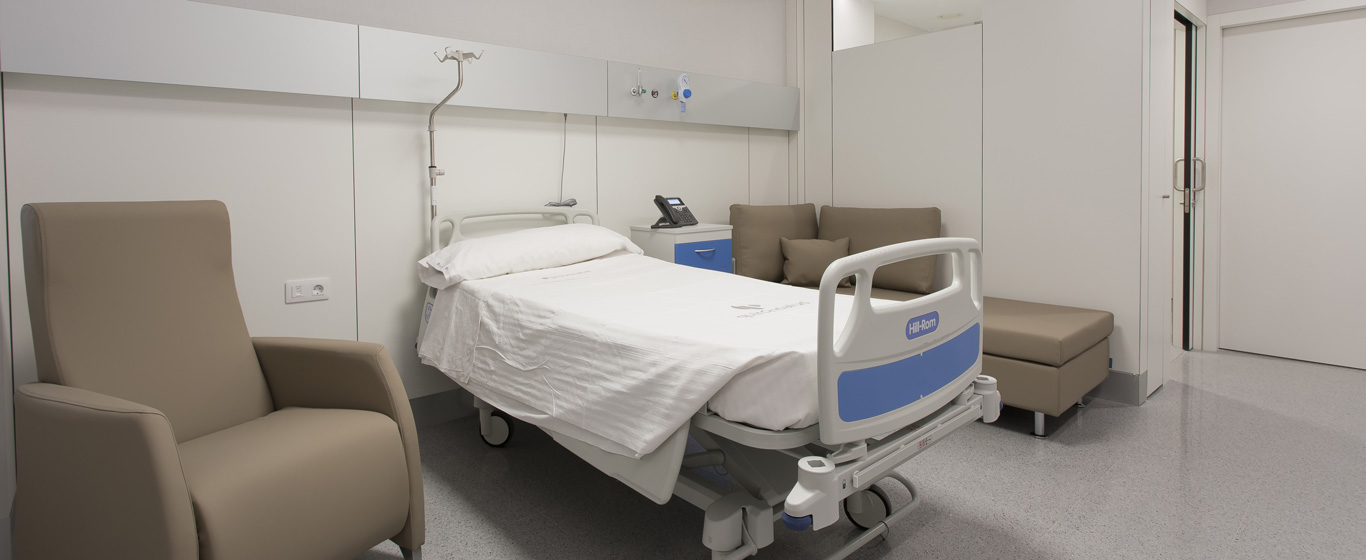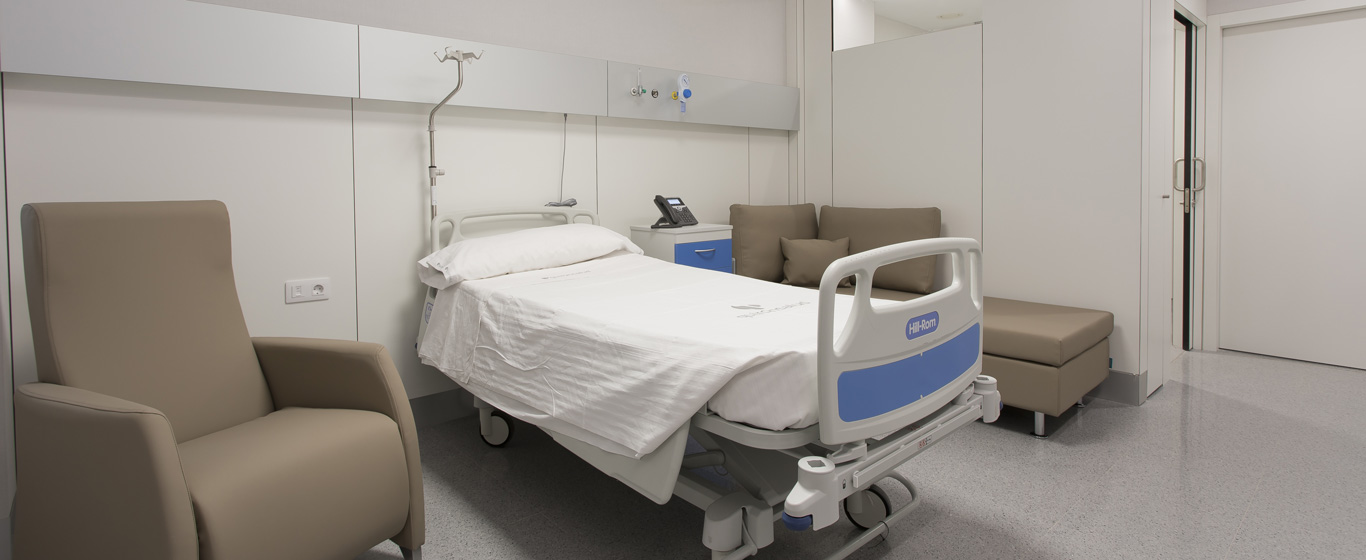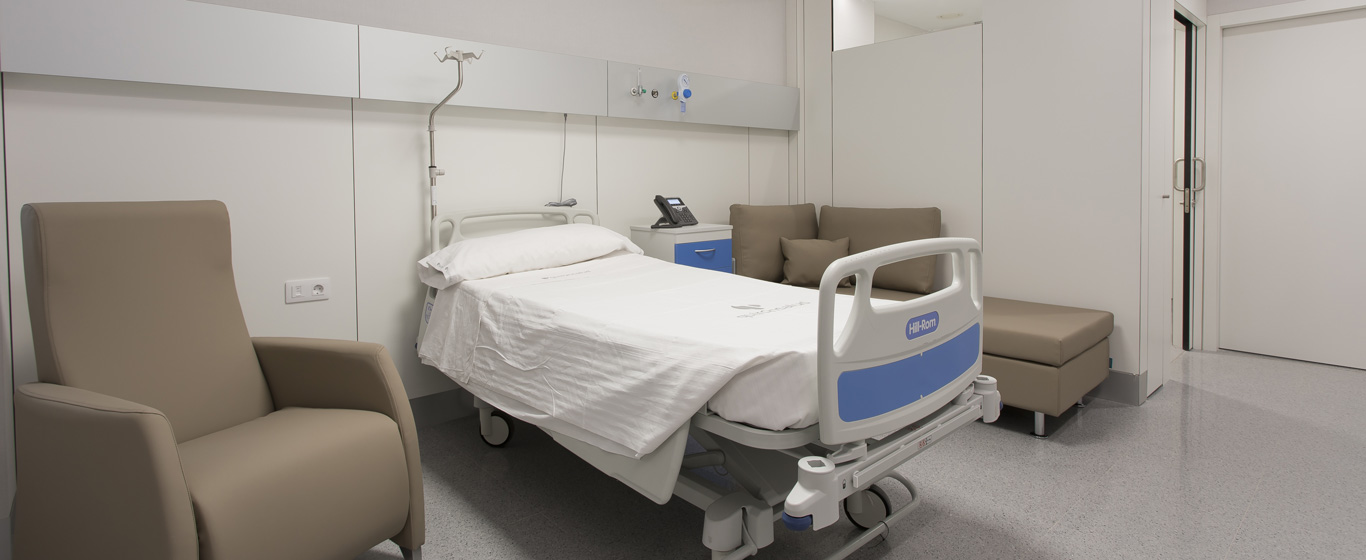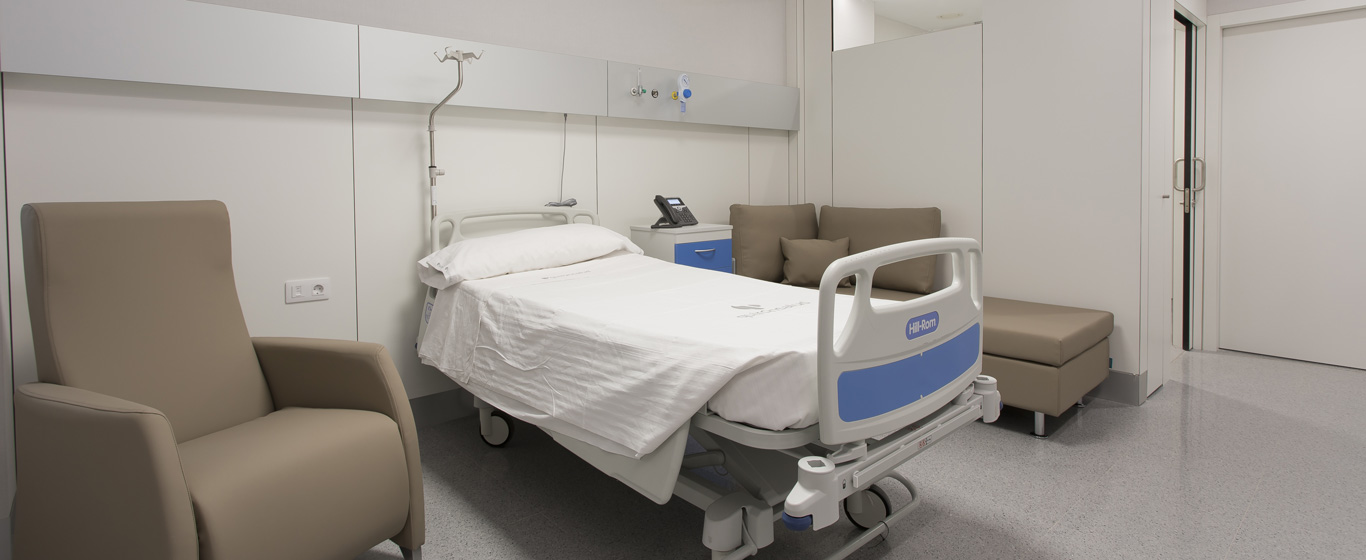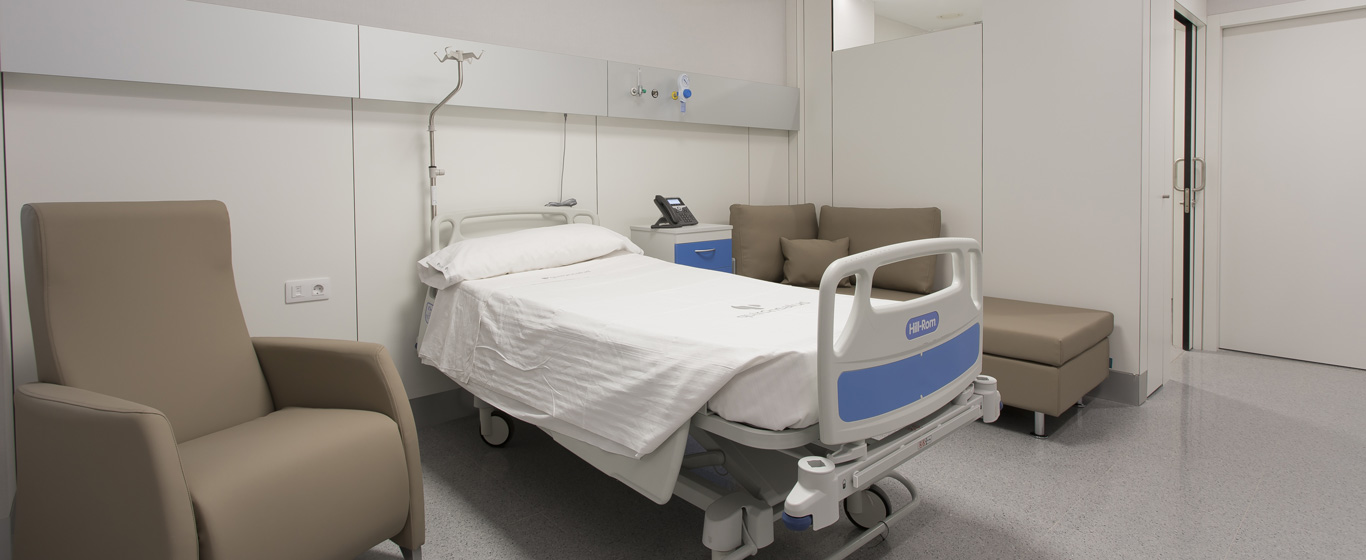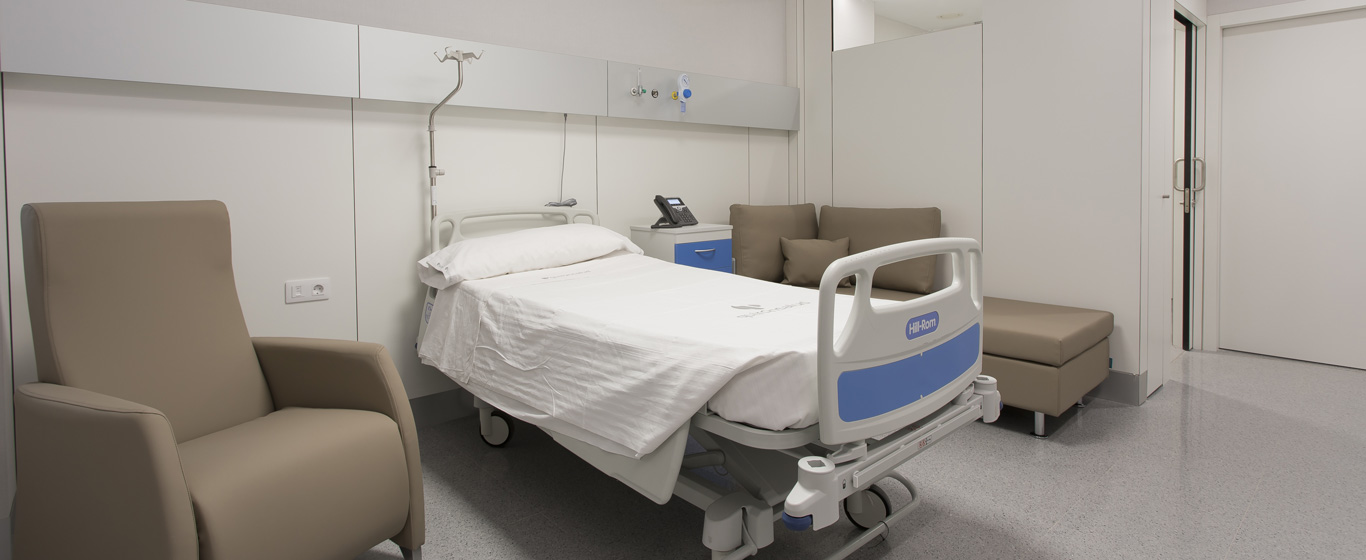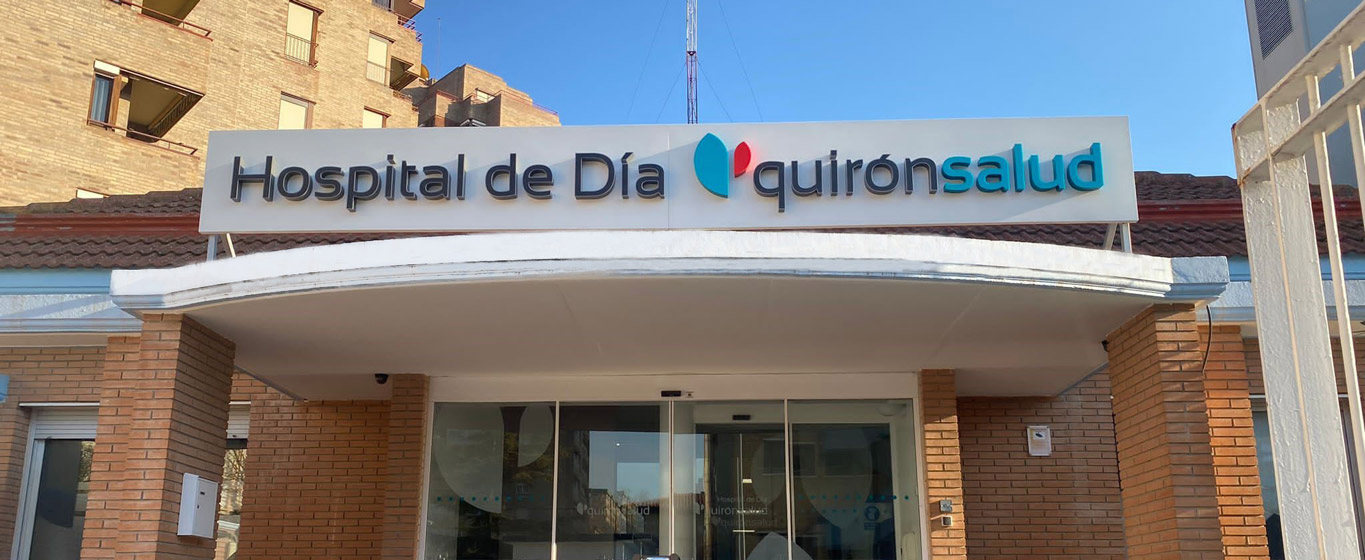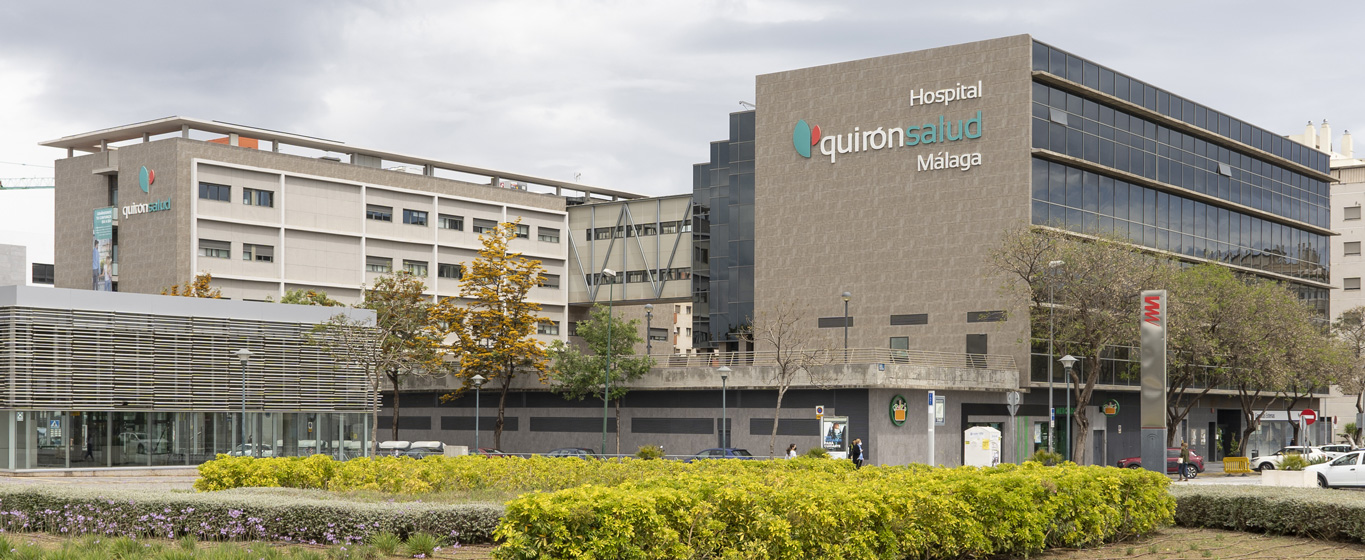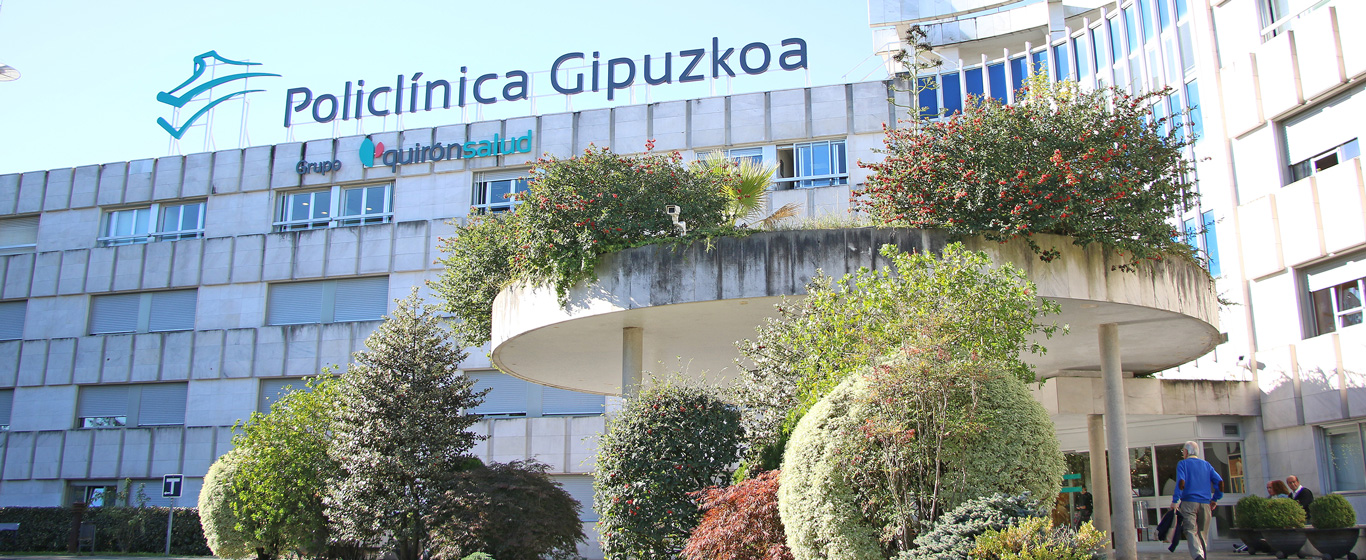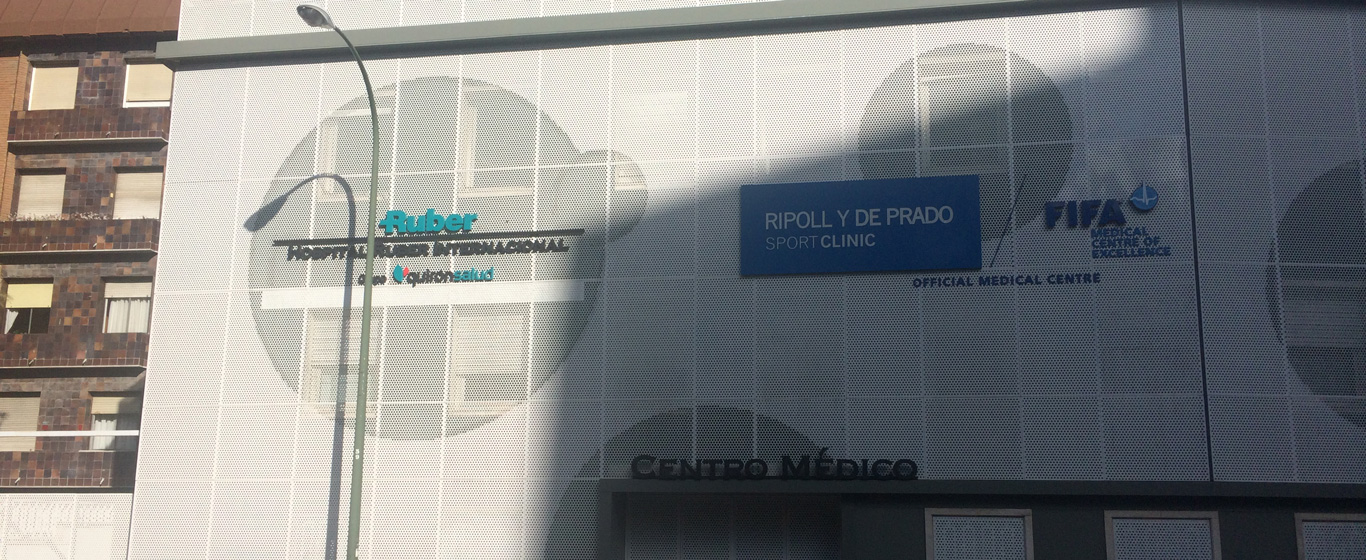Human Papillomavirus (HPV)
Information about HPV transmission, symptoms, prevention, and prognosis.
Symptoms and Causes
Human papillomavirus (HPV) is currently the most common sexually transmitted infection and can affect both men and women. There are more than 100 types of HPV, 40 of which can infect humans. HPV belongs to the papillomavirus family, characterized by infecting epithelial tissues throughout the body and causing lesions that may be benign or malignant.
HPV can be classified into two types:
- HR-HPV (High-Risk HPV): This is an oncogenic virus due to its high capacity to cause premalignant lesions and cancer. It is estimated that genotypes 16 and 18 are responsible for 70% of cervical cancers and 90% of anal cancers.
- LR-HPV (Low-Risk HPV): These are considered low-risk because the lesions they cause are benign. Types 6 and 11 account for 90% of genital warts.
Human papillomavirus is transmitted during sexual activity through skin-to-skin contact between the vagina and penis, anus and penis, mouth and penis, or mouth and vagina. Therefore, penetration is not required for transmission to occur. In rare cases, the virus can also be passed to a newborn during childbirth if genital warts are present at that time. It is therefore essential to inform a specialist of any visible lesions during pregnancy so they can be treated before delivery. Otherwise, a cesarean section may be recommended to reduce the risk of transmission.
The prognosis for HPV infection is generally good, as in 80% of cases it is temporary and the body clears the virus spontaneously without complications. When the infection persists (remains in the body for more than two years) and is not properly managed, the risk of developing cancer increases significantly.
Symptoms
High-risk HPV is often asymptomatic, meaning the infection can go unnoticed. When symptoms do appear, the most common include:
- Warts: Typical of low-risk HPV, these usually appear in the vagina, penis, or anus, though they can also occur in the throat. They may be painful, itchy, or bleed.
- Precancerous lesions: These may cause pain, abnormal bleeding, or changes in urination or bowel movements.
- In women: Itching and burning in the genital area, increased vaginal discharge, and abnormal bleeding.
- In men: Skin changes or sores on the penis.
Causes
HPV infection is transmitted from one person to another during sexual contact, even when the infected person shows no symptoms.
Risk Factors
Risk factors for contracting human papillomavirus include:
- Having unprotected sex.
- Early onset of sexual activity.
- Having multiple sexual partners.
- History of other sexually transmitted infections.
- HIV infection.
- Immunosuppression.
- Anal intercourse between men.
Complications
The most significant complication of HPV is cancer, which may take 15 to 20 years to develop after the initial infection. Types of cancer associated with HPV include:
- Cervical cancer.
- Anal cancer.
- Throat cancer.
- Penile cancer.
- Vaginal cancer.
- Vulvar cancer.
Prevention
Although it is not possible to prevent HPV infection entirely, two main strategies can reduce the risk:
- Immunization: Vaccination is recommended before the onset of sexual activity to ensure maximum effectiveness. In Spain, it is administered as a single dose at age 12. This vaccine protects against:
- Infection with certain HPV strains.
- Diseases caused by the virus, such as warts and cancer.
- Latex condoms: They reduce, but do not completely prevent, the risk of HPV transmission, since unprotected areas of skin may still come into contact. Nevertheless, condom use is recommended for all types of sexual activity.
Which Specialist Treats HPV?
Human papillomavirus is diagnosed and treated by specialists in gynecology and obstetrics or urology. In certain cases, medical-surgical dermatology and venereology specialists may also be involved.
Diagnosis
Diagnostic tests aim to detect health problems caused by HPV infection early, particularly cancer.
Common procedures include:
- Pap smear: Cytology testing analyzes a sample of cervical cells and is a routine screening method for detecting cervical cancer. In Spain, the recommended screening intervals are:
- Women aged 25–29 who are not vaccinated: every 3 years.
- Women aged 30–65, whether vaccinated or not: high-risk HPV testing every 5 years.
- Anal Pap smear: Recommended for at-risk populations (men who have sex with men, women with a history of cervical or vulvar cancer, transplant recipients, and HIV-positive individuals) to detect precancerous lesions.
- Colposcopy: Examination of the vulva, vagina, and cervix using a magnifying lens. Although not a routine test for HPV, it may help detect signs of vulvar or vaginal cancer.
- Biopsy: Diagnosis is confirmed by taking a tissue sample from the affected area and examining it in the laboratory for cancerous or precancerous cells.
When an HPV infection is detected, the patient should inform all previous sexual partners so they can undergo appropriate testing.
Treatment
As with other viral infections, there is no specific treatment for HPV itself. As mentioned earlier, the body usually eliminates the virus naturally.
Lesions caused by human papillomavirus can be treated using the following procedures:
- Conization: Surgical removal of the lesion along with a cone-shaped section of surrounding healthy tissue.
- Cryotherapy: Application of extreme cold to destroy the lesion.
- Vaporization: Use of a laser scalpel to remove the lesion or wart.







